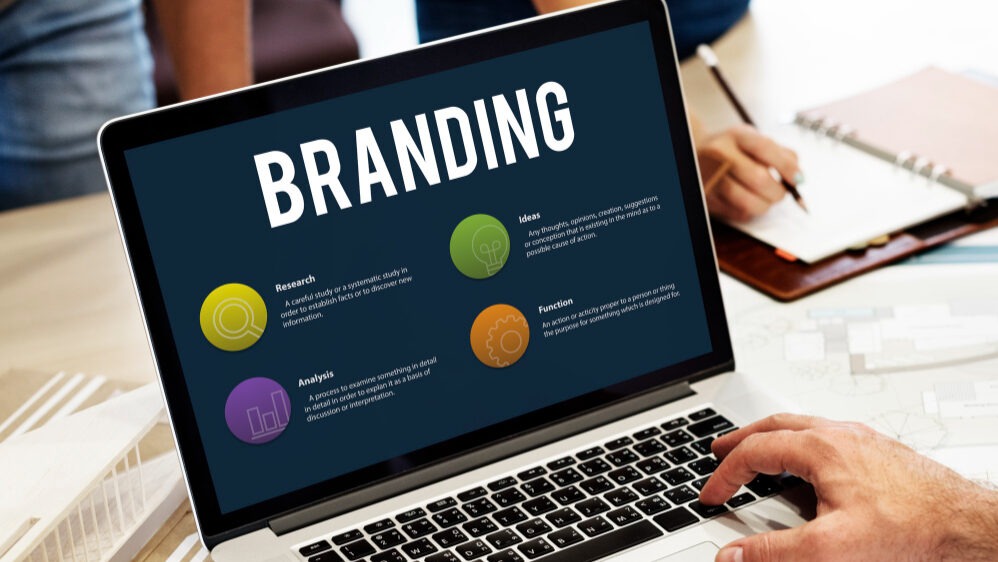
Brand Mentions SEO Mastery The Ultimate Guide
Brand Mentions SEO Mastery The Ultimate Guide
In today’s digital landscape, building a strong online presence goes far beyond chasing backlinks and involves strategic brand monitoring. While links remain a cornerstone of SEO, brand mentions—whether linked or unlinked—are rapidly emerging as powerful signals that shape your reputation, authority, and visibility in search. As search engines grow more sophisticated, they increasingly recognise and reward brands that are talked about across trusted platforms, even when those conversations don’t include a clickable link. This guide explores the evolving role of brand mentions in SEO, why they matter, how to measure their impact, and actionable strategies to turn every mention into a catalyst for growth.
Rethinking the Value of Brand Mentions in SEO
Most teams treat links like gold and mentions like silver. That thinking leaves results on the table. When people talk about your brand on trusted sites, podcasts, social feeds, or in the news, those mentions build the web’s memory of who you are, what you do, and whether you can be trusted. Search engines read that memory. Even when a mention isn’t clickable, it can still raise your profile, shape entity signals, and lure the next wave of links.
Recent studies show that brand mentions are referenced in over 30% of Google’s patent filings related to ranking and trust signals. In fact, a 2024 Moz survey found that 67% of SEO professionals believe unlinked brand mentions play a direct role in influencing search visibility. Google’s own Search Quality Evaluator Guidelines highlight brand reputation and mentions as key factors in assessing site authority and expertise.
Brand mentions also drive measurable business outcomes. According to a BrightLocal study, 85% of consumers trust online mentions and reviews as much as personal recommendations. Brands with frequent online mentions see up to 23% higher click-through rates on branded search queries, and a 2023 SEMrush report revealed that businesses with strong brand signals enjoy a 2x increase in editorial backlinks over time.
Backlinks still matter a lot. But mentions are the multiplier that fuel awareness, branded search, and editorial interest. That flywheel lifts rankings in ways pure link-chasing usually can’t.
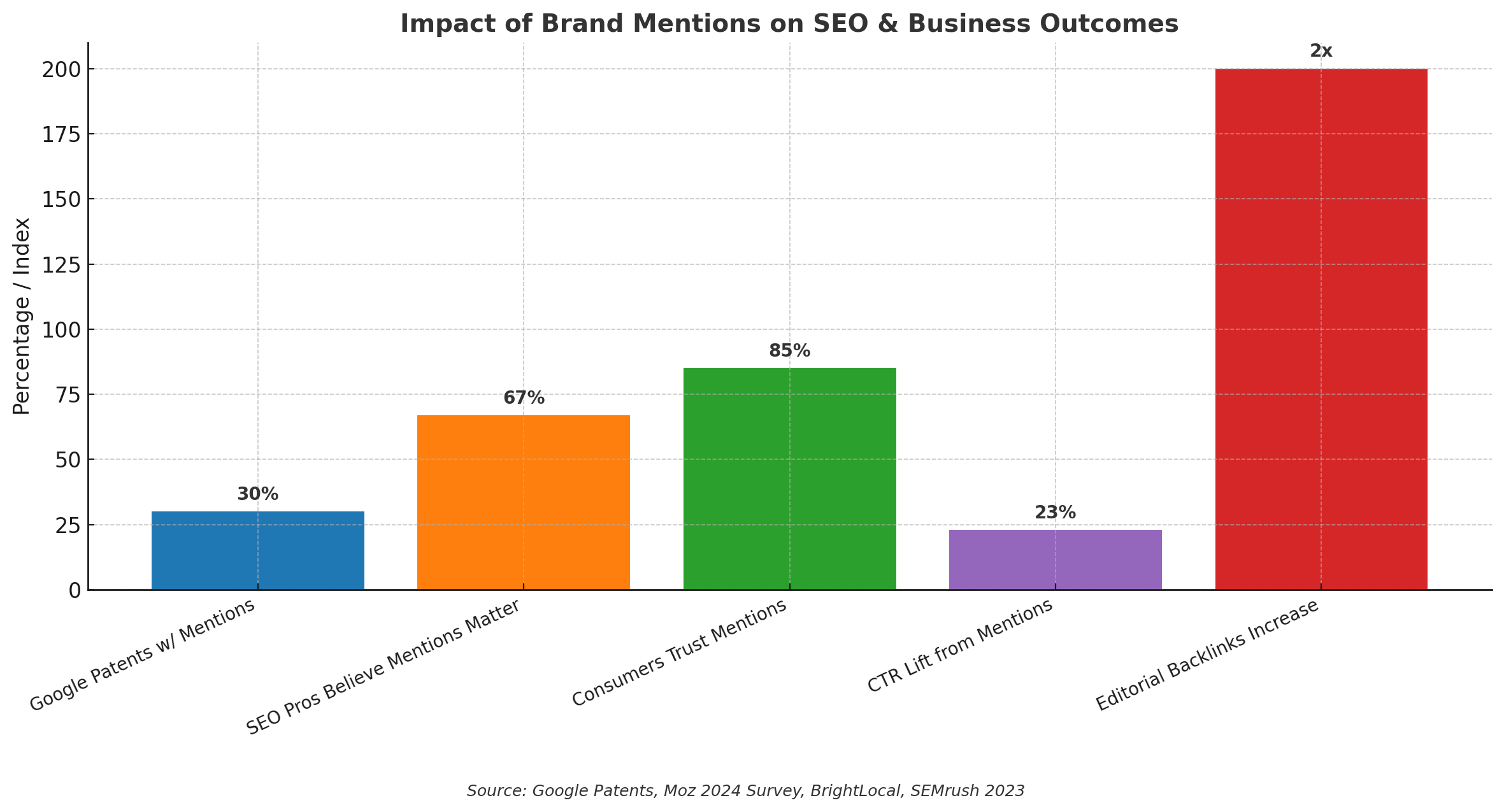
What Counts as a Brand Mention?
A mention is any reference to your brand name, product, or people on a third-party channel. That could be a review, a quote in a trade article, a product comparison on a blog, your CEO on a podcast, or a shout-out on LinkedIn. Some will link. Many won’t.
Search systems have long moved beyond exact-match strings. They recognise entities, co-occurrence, and context. A journalist who writes your name alongside a core topic you want to own helps connect your brand with that topic. When multiple high-trust sources repeat that pattern, your topical authority grows.
Two Flavours to Watch
- Linked mentions: Pass PageRank and referral traffic, and are easy to measure.
- Unlinked mentions: Don’t pass link equity, but they are still reputation signals. Microsoft’s Bing has said it reads context and sentiment. Google’s public stance is that these aren’t links, though its patents and rater guidelines show attention to reputation and implied citations.
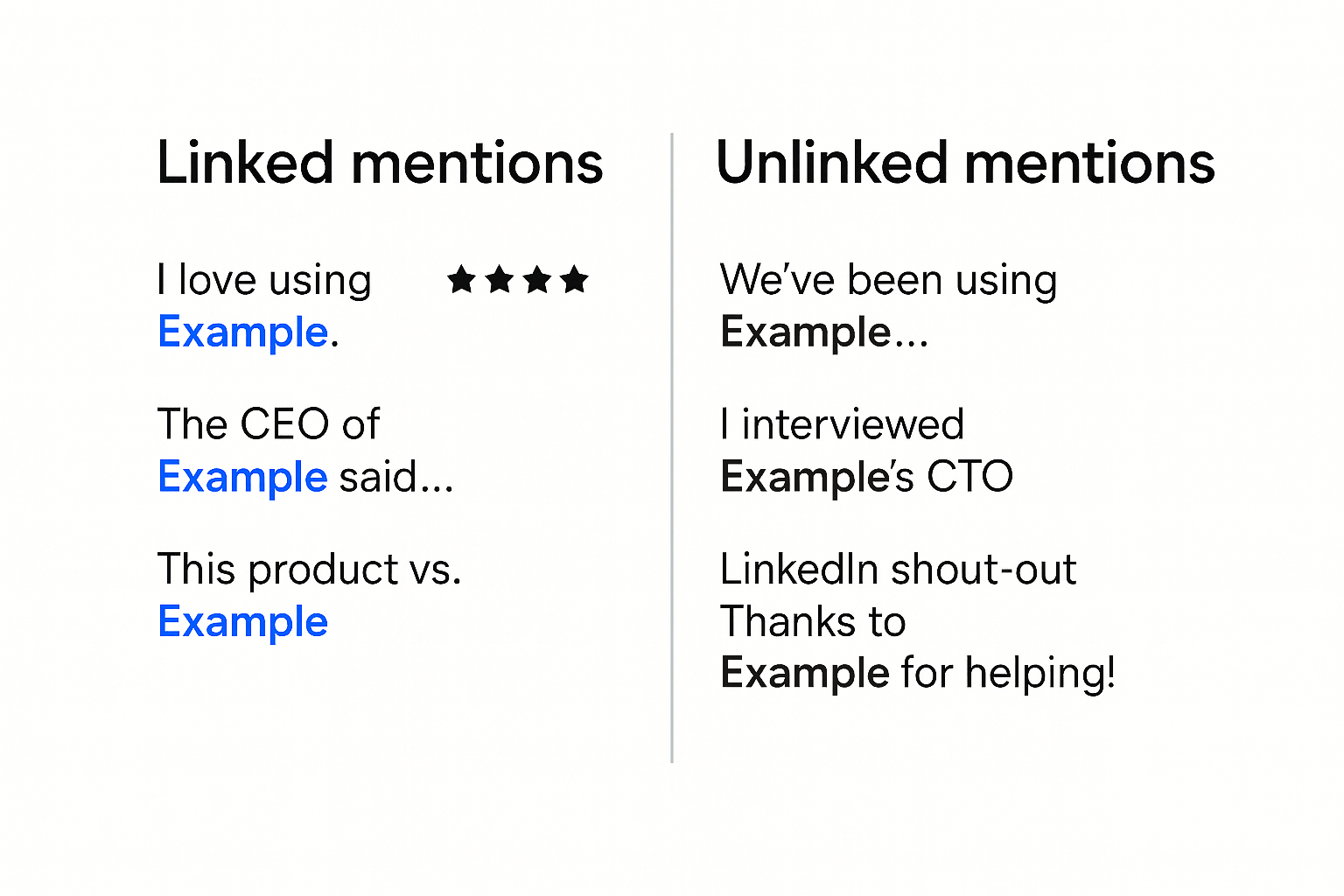
Why Mentions Move Rankings Even Without a Link
Here’s what usually happens when you stack quality mentions:
- More branded searches: People who hear about you go to Google and type your name. Rising branded demand is a trust proxy and often lifts your overall visibility.
- Higher click-through rates: If the brand is familiar, users choose your result over a rival. Those clicks tell search engines your page satisfies intent.
- Faster link earning: Mentions put you in authors’ heads. Future articles turn mentions into links, often without outreach.
- Stronger entity signals: Repeated co-citation between your brand and a topic helps machines connect you to that cluster.
A Balanced View on Mentions vs Links
Links correlate strongly with top rankings. No sane SEO throws that out. The nuance is that mentions help you win links and reputation at scale. Brands with constant media activity and effective marketing strategies tend to grow organic traffic and keyword reach. Some case studies report big gains after structured mention campaigns across guest articles, community activity, podcasts, and events. Causation is messy in search, but the pattern repeats: get people talking about you in credible places and good things follow.
Research backs this up: a 2023 Ahrefs study found that brands with frequent online mentions experienced a 34% faster growth in referring domains compared to those relying solely on link-building. Data from BrandMentions shows that companies with consistent brand mentions see up to 27% higher organic traffic within six months. Additionally, Google’s John Mueller has publicly stated that brand mentions—both linked and unlinked—help search engines understand a site’s relevance and authority.
A Nielsen report revealed that 92% of consumers trust earned media, such as brand mentions, more than any other form of advertising. This trust translates into higher engagement, increased branded searches, and a stronger digital footprint. The takeaway is clear: building a brand that’s talked about widely is one of the most effective ways to accelerate SEO growth and long-term authority.
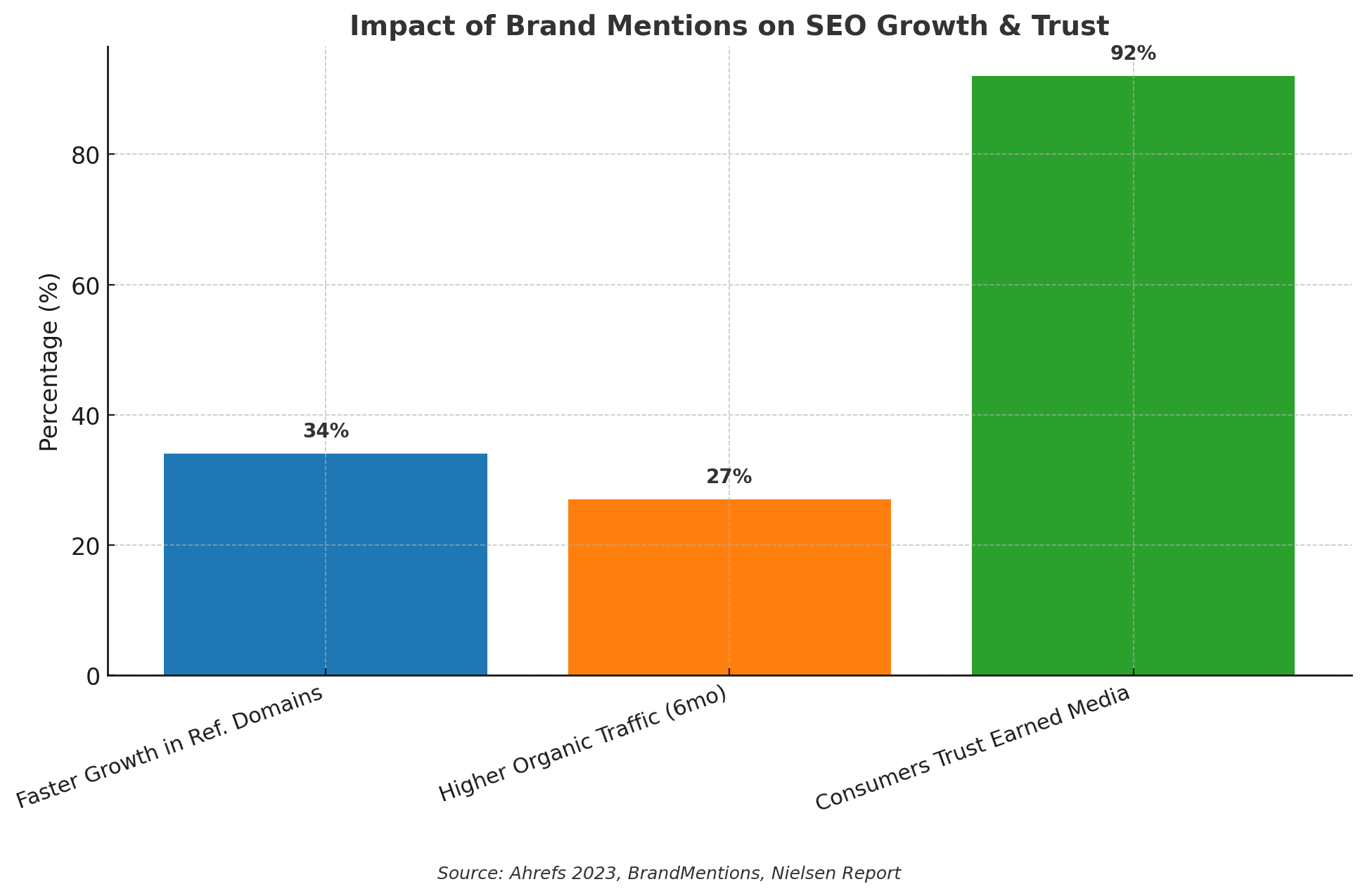
Metrics That Actually Prove Progress
If you don’t measure, mention work can look fluffy. Tie it to numbers that move:
| KPI | How to measure | Why it matters | Common trap |
|---|---|---|---|
| Organic sessions | GA4 organic segment, weekly trend | Shows impact of compounded signals | Reading short spikes as durable growth |
| Branded search volume | GSC queries containing brand, brand+topic terms | Early indicator of awareness lift | Ignoring misspellings and brand variants |
| Non-branded rankings | GSC and rank trackers across target topics | Reflects rising topical authority | Over-focusing on vanity keywords |
| Referral traffic | GA4 source/medium from mention sites | Validates real users from media | Forgetting to tag press links with UTMs |
| DA/DR or similar | Ahrefs/Moz over months | Proxy for domain strength | Treating it as a goal instead of a gauge |
| Mention volume | Brand monitoring tool counts | Measures market chatter | Counting low-quality noise |
| Source quality | Domain trust, reach, audience fit | Weighs mentions by influence | Chasing any site that will say your name |
| Sentiment | Tool sentiment tags, manual checks | Positive tone sustains trust | Letting one viral complaint define the story |
| Conversions from mentions | GA4 assisted conversions by source | Connects PR to revenue | Not setting goals and events properly |
Practical Tips to Get Clean Data
- Separate brand vs non-brand in GA4 using a dedicated channel group and regex filters in Looker Studio.
- Track cohorts around campaigns: pre-period, live period, and 4 to 8 weeks after.
- Tag every link you can influence with UTMs to identify wins in analytics and avoid dark social misreads.
- Use Ahrefs Content Explorer or BuzzSumo to find new mentions weekly, then label them by quality and intent.
- Correlate mention bursts with ranking gains using a simple plot in a BI tool. You’re not proving causation, but patterns inform where to invest.
How to Create Mention-Worthy Moments
Mentions don’t arrive just because you wrote a long blog. They follow fresh stories, proof, and people with credibility.
News Hooks
- Original data: surveys, cohort analysis, anonymised platform stats. Package a key finding with a chart.
- Product milestones: launches, features that solve a gnarly industry problem, notable partnerships.
- Social good: climate commitments, scholarships, or local initiatives in Aotearoa that have real substance.
Content That Attracts Citations
- Definitive guides, frameworks, or checklists with clear diagrams.
- Calculators, spreadsheets, and small tools people revisit.
- Expert roundups where you pitch others, then they cite you back.
People and Platforms
- Put subject-matter experts forward for quotes. Brief them with three crisp talking points.
- Book podcasts and webinars. Hosts love guests who bring data and a tidy narrative.
- Contribute to community forums and Slack groups where your audience actually hangs out.
A Simple Editorial Rhythm
- Quarterly: One flagship marketing asset with a media pitch.
- Monthly: One partner piece or guest article.
- Weekly: One data-led post or opinion that ties to the flagship theme.
- Daily: Social snippets, charts, and commentary that point back to the bigger piece.
Monitoring and Triage That Saves Your Week
Good media monitoring and brand monitoring turn chaos into a tidy queue.
Tools to Set Up
- Google Alerts for your brand, product names, and leader names.
- One of Mention, Brand24, Awario, Talkwalker, or BuzzSumo for real-time listening across web and social.
- Ahrefs Alerts for new backlinks and page mentions.
- Hootsuite or Sprinklr for social listening at scale if you’re enterprise.
Build a Weekly Routine
- Scan new mentions and tag by type: media, community, review, social, forum.
- Score each by domain authority, audience fit, and sentiment.
- Decide actions: thank, share, request a link, correct, escalate, or ignore.
Response Playbook
- Positive mention on a high-trust site: Share publicly, then email thanks, offer data or images for their next piece.
- Neutral mention where a link helps readers: A polite note that offers a resource and a clear anchor suggestion.
- Negative mention with fair criticism: Acknowledge, fix, follow up with proof of change.
- Misleading or wrong info: Respond with evidence and a calm tone, propose a corrected line they can paste.
Turning Unlinked Mentions into Backlinks
Not every mention should become a link request. Be selective, add value, and you’ll win far more often.
Identify Targets
- Mentions on news, trade journals, and strong blogs where a link improves the reader’s next step.
- Reviews or comparisons where your documentation or case study would help.
Craft the Ask
Keep it short and helpful. An outline works well:
- Greeting and thanks for the mention.
- One line on what readers might miss without the link.
- The exact URL and suggested anchor.
- Offer a chart, image, or stat if they update.
Example wording you can adapt:
Hi [Name], loved your take on [topic] and appreciated the mention of [brand]. Readers might want the full resource that explains [benefit], so here’s a link if you’re open to adding it: [URL]. Happy to send a figure or a short explainer if that helps tidy the edit. Thanks for the coverage.
Build Linkable Targets First
Outreach works best when your page genuinely helps. Create a press page with logos and boilerplate, an up-to-date methodology page for your data, and a canonical guide on each core topic. Then your link requests feel natural.
Prioritisation Rules
- Start with tier-1 domains and any page already ranking on page 1 for your topic.
- Skip thin aggregator sites and content farms.
- Avoid pushing links into editorial that never links out.
PR, Content, and Social Working Together
Great mention programmes connect channels into one story.
PR
- Media list by topic cluster, not just by publication.
- Brief reporters with a one-page fact sheet, quotes, and image pack.
- Use embargoes for data reports to land multiple same-day mentions.
Example:
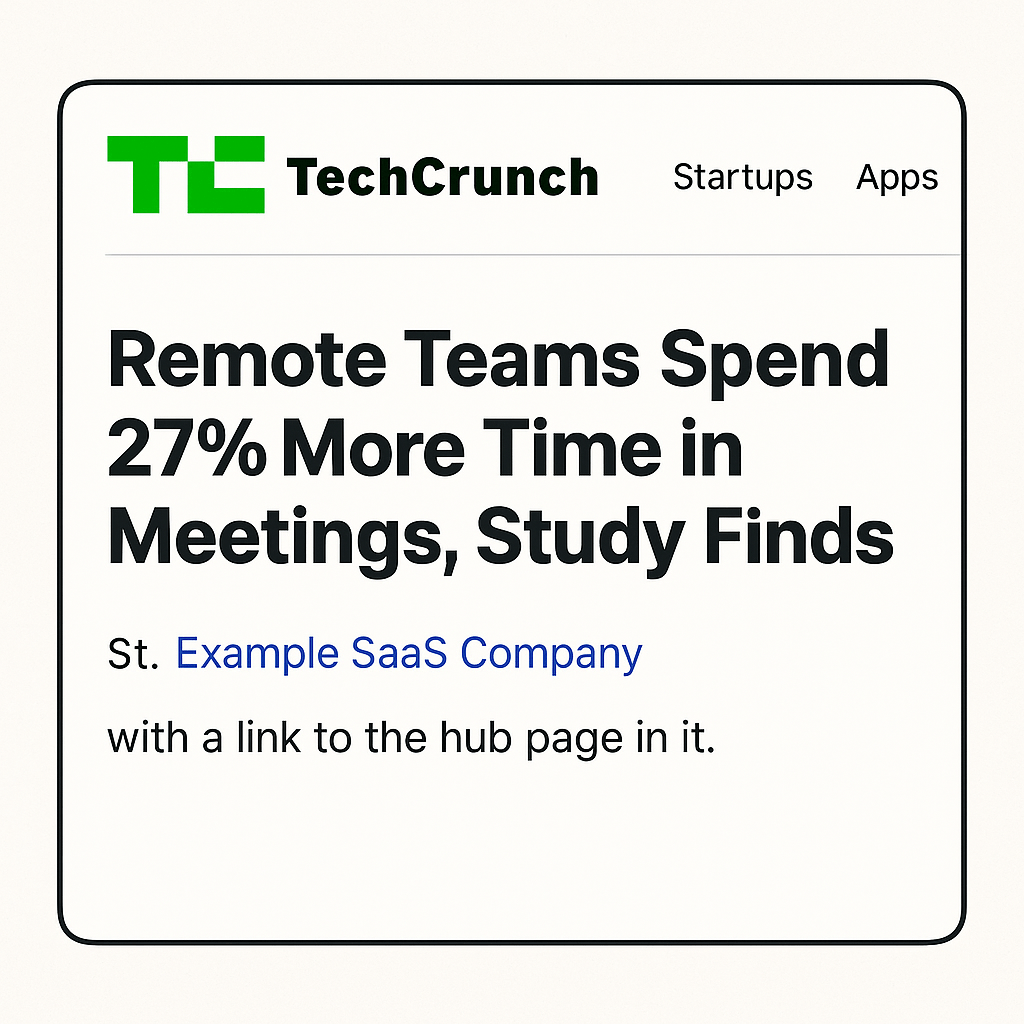
Content
- Build one hero asset each quarter and plan derivative pieces early.
- Include unique data or frameworks people will cite.
- Host everything on a clean, fast hub page.
Example:
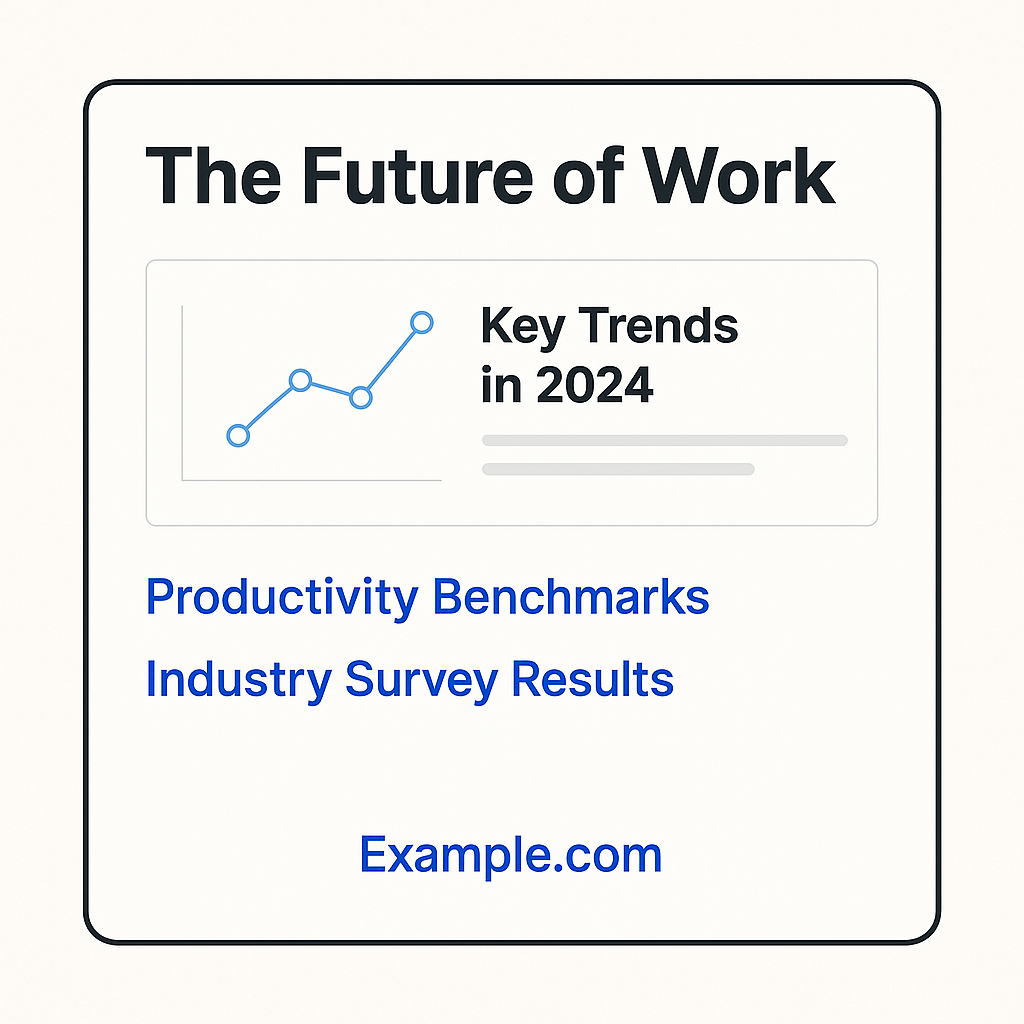
Social and Community
- Share charts and fast insights, not just links.
- Join Twitter chats and LinkedIn comment threads where your audience gathers.
- Support partners. Their audiences will bring mentions you can’t buy.
Example:
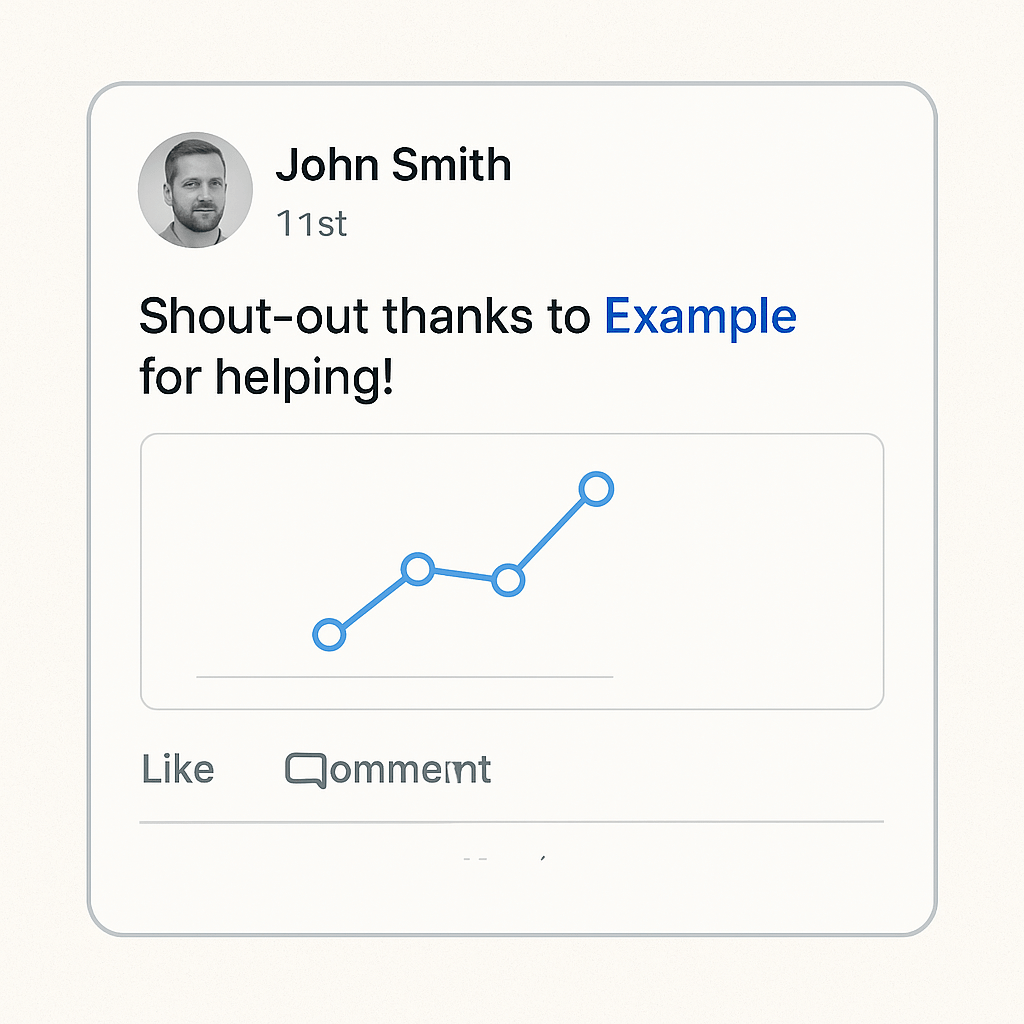
Local Lift for New Zealand Brands
Local signals carry weight, especially for service businesses and retail.
- Focus on community media: regional news sites, iwi and hapū bulletins, school newsletters, chamber-of-commerce sites, and local event pages.
- Keep NAP details consistent across directories, and encourage named mentions in reviews, not just star ratings.
- Sponsor events that match your values. Small sports clubs and environmental groups often publish wrap-ups that mention supporters by name.
- Create location pages with real substance: staff photos, local case studies, and testimonials. Then pitch local journalists with those stories.
Handling Sentiment Like a Pro
The tone of the mention matters. A single rough review won’t tank rankings. A sustained wave of bad press can dent conversions and trigger a slide.
- Watch for patterns: a spike of the same complaint signals a real issue to fix.
- Respond in public where the audience is. Apologise, explain the fix, close the loop.
- Build positive proof: third-party reviews, expert quotes, and case studies crowd out old negativity over time.
- For serious issues, prepare a short holding statement and a factual timeline. Speed and clarity protect trust.
Industry Nuance and the AI Layer
- YMYL sectors: Finance, health, legal, and safety demand stronger third-party proof. Aim for expert reviews, academic references, and established news sites. Mentions here carry more weight with users and raters.
- B2B and SaaS: Trade reports, analyst briefings, and engineering blogs are the sweet spot. A single respected industry link or citation can outrun ten generic blogs.
- Retail and ecommerce: Creator reviews, community groups, and local news perform well. The product detail page needs standout content to deserve the links you request.
- AI assistants: Brands that get named in LLM outputs tend to be those with a thick layer of citations around core topics. While LLM mentions aren’t a ranking factor, they mirror web authority and can drive curiosity searches. Track whether your brand shows up when asking an assistant about your category.
Governance, Roles, and Cadence
Treat mentions like a pipeline with owners and SLAs.
Roles
- PR lead: media relationships, pitches, and crisis responses.
- Content lead: hero assets, data stories, and hub pages.
- SEO lead: targeting, measurement, and link reclamation.
- Social manager: amplification and community engagement.
- Analyst: dashboards, attribution, and tests.
Cadence
- Daily: Monitor mentions, respond, log opportunities.
- Weekly: Outreach for unlinked mentions, share highlights, adjust pitches.
- Monthly: Ship a data-led piece, report KPIs, prune what’s not working.
- Quarterly: Run a signature campaign, refresh media list, audit brand SERP.
Signals Search Engines Actually Read
There’s debate around the direct scoring of unlinked mentions. Two things are beyond debate:
- Links remain a core signal.
- Reputation and authority are inferred from many sources, including what independent sites say about you.
Google’s spokespeople have said unlinked mentions aren’t counted like links. At the same time, rater guidelines ask humans to review outside reputation, and several patents describe implied citations. Bing has openly said context and sentiment can help rankings. Treat mentions as trust scaffolding that sets up links, better click behaviour, and stronger entity confidence.
Common Mistakes to Avoid
- Chasing volume over relevance: one mention in a respected industry journal beats twenty on random blogs.
- Over-automating outreach: templated requests with no reader value get ignored and burn bridges.
- Treating PR and SEO as separate sports: the best wins happen when story and search goals are set together.
- Ignoring branded SERP: your brand query is your storefront. Own your profiles, FAQs, sitelinks, and reviews.
- Forgetting internal readiness: when mention-fuelled traffic arrives, the site must load fast, explain clearly, and convert.
A 30-Day Plan to Kick-Start Brand Mentions
Week 1
- Define three topic clusters you want to be known for.
- Audit current mentions and links. Tag by source quality and sentiment.
- Draft a one-page brand factsheet with boilerplate, key stats, and approved quotes.
- Build a target media and creator list by cluster.
Week 2
- Produce one data-backed asset with two charts and a 500-word summary.
- Publish a clean hub page for it. Include methodology and a downloadable image pack.
- Pitch five reporters and five creators with a short, tailored note and unique angle.
- Set up GA4 dashboards and UTM templates for all links you can influence.
Week 3
- Record a podcast or webinar featuring a partner. Pull two soundbites for social.
- Answer three journalist queries through a source network like HARO or Qwoted.
- Monitor for mentions, thank authors, and line up two link reclamation requests.
- Write a guest post that extends your data story to a related subtopic.
Week 4
- Ship a local angle: a case study set in NZ, or a regional dataset.
- Run a LinkedIn thread with one chart per day from your asset. Tag experts who will add commentary.
- Convert at least five unlinked mentions from earlier weeks into links where relevant.
- Publish a short impact report covering branded search lift, referral traffic, and one lesson to apply next month.

